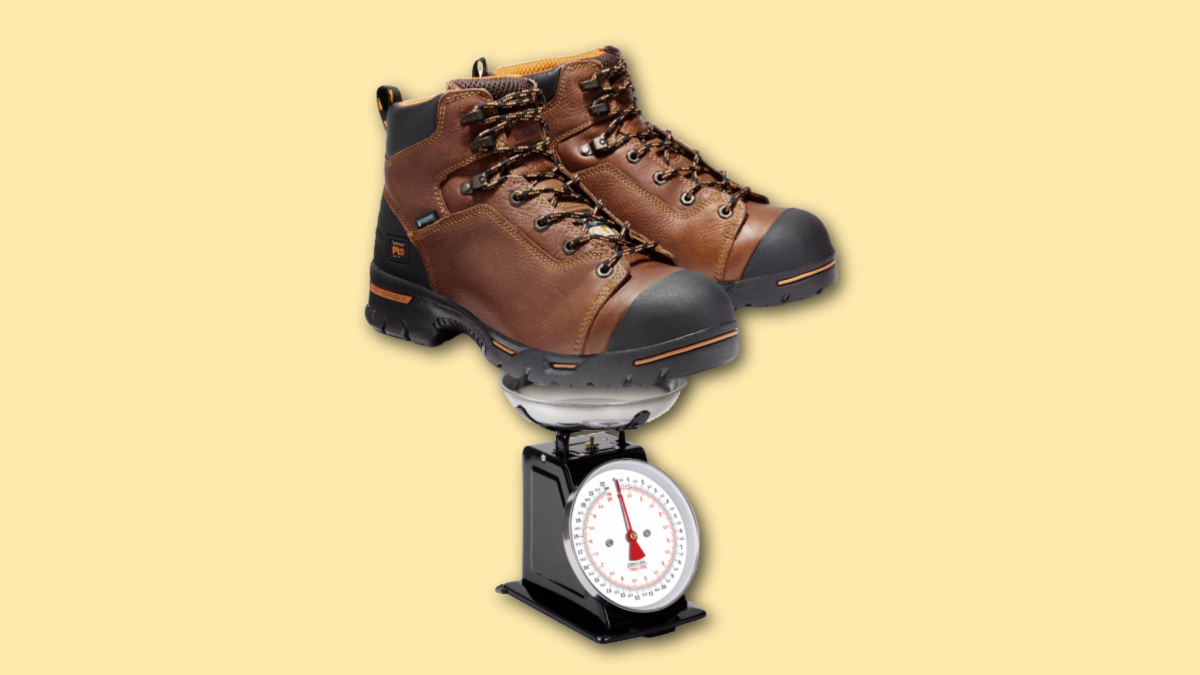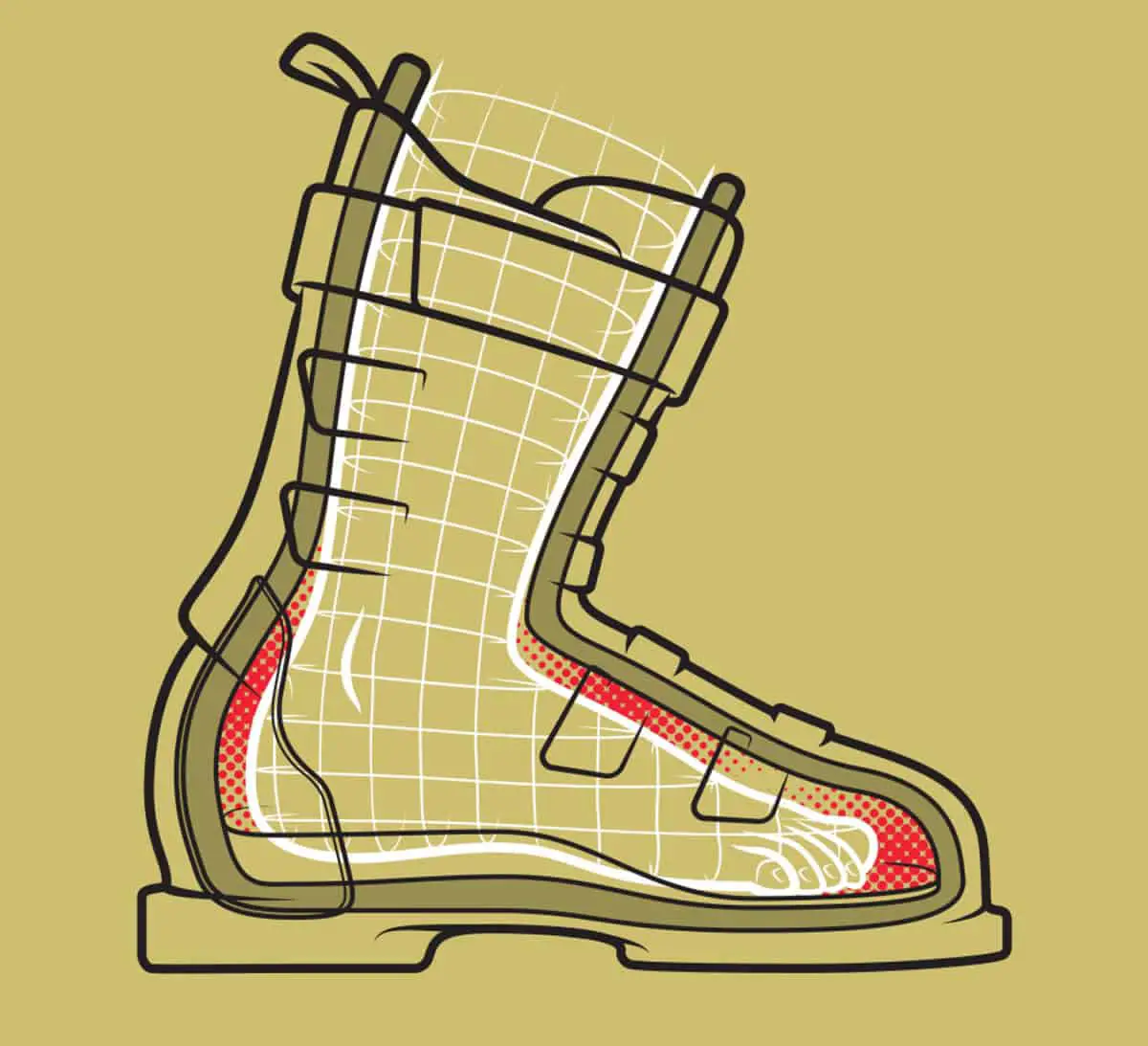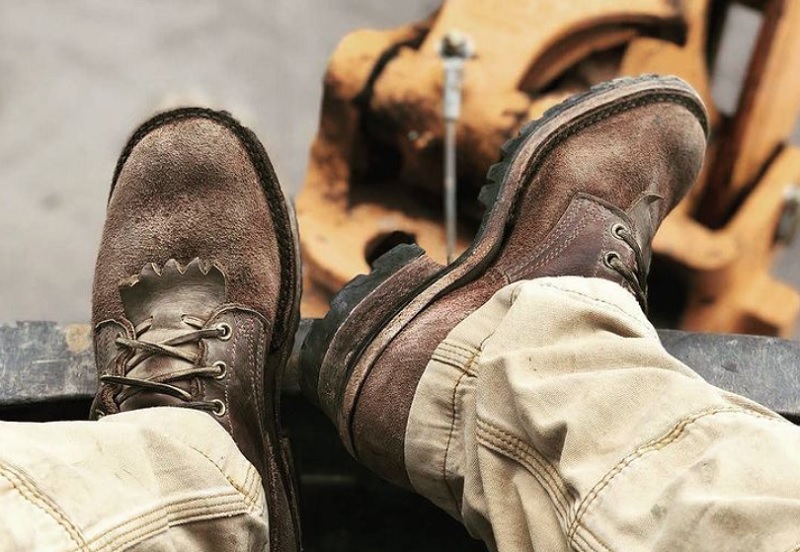Understanding Steel Toe Boot Sizing: What You Need to Know
Properly fitting steel toe boots are essential for comfort, performance, and safety. Ill-fitting boots can lead to discomfort, blisters, and reduced performance, ultimately affecting overall well-being. In fact, a study by the American Podiatric Medical Association found that nearly 75% of Americans experience foot pain, often due to poorly fitting shoes. Steel toe boots are no exception, and finding the right fit is crucial for anyone who wears them regularly. Whether you’re a construction worker, factory employee, or outdoor enthusiast, understanding steel toe boot sizing is vital for getting the most out of your boots. The question remains, do steel toe boots run big? The answer is complex, and it’s essential to consider various factors that influence sizing, including brand, style, and material. By understanding these factors, you can make an informed decision when purchasing steel toe boots, ensuring a comfortable and safe fit.
How to Determine Your Steel Toe Boot Size
To ensure a comfortable and safe fit, it’s essential to determine your correct steel toe boot size. Measuring your foot size accurately is the first step in finding the perfect fit. Here’s a step-by-step guide to help you measure your foot size:
1. Measure the length: Use a ruler or a Brannock device to measure the length of your foot from the back of your heel to the tip of your longest toe. Make sure to measure both feet, as one foot may be slightly larger than the other.
2. Measure the width: Measure the width of your foot at the widest point, usually at the ball of the foot. This will help you determine whether you need a narrow, medium, or wide fit.
3. Determine your arch type: There are three main arch types: flat, medium, and high. You can determine your arch type by wetting your foot and standing on a flat surface. If you have a flat arch, you’ll see a complete impression of your foot. If you have a medium arch, you’ll see a partial impression, and if you have a high arch, you’ll see very little impression.
By considering these factors, you can ensure an accurate fit and avoid common sizing mistakes. Remember, do steel toe boots run big? The answer may vary depending on the brand and style, but with these measurement tips, you’ll be well on your way to finding your perfect fit.
Do Steel Toe Boots Run Big or Small?
One of the most common questions when it comes to steel toe boots is, do steel toe boots run big or small? The answer is not a simple one, as it depends on various factors, including the brand, style, and material of the boot. Understanding these factors can help you make an informed decision when purchasing steel toe boots.
Brand-specific sizing is a significant factor in determining whether steel toe boots run big or small. Different brands have their own unique sizing charts, and what may be a perfect fit for one brand may not be the same for another. For example, some brands, like Timberland, tend to run slightly larger, while others, like Dr. Martens, may run smaller.
Style is another factor that can influence sizing. Work boots, for instance, may have a more relaxed fit compared to hiking boots, which are designed to be more snug. Additionally, the material used in the construction of the boot can also affect the fit. Leather boots, for example, may stretch over time, while synthetic boots may retain their shape.
So, do steel toe boots run big? The answer is, it depends. By considering the brand, style, and material of the boot, you can get a better understanding of how they fit. It’s essential to try on different brands and styles to find the one that fits you best. Remember, a comfortable, well-fitting boot is crucial for performance, safety, and overall well-being.
Brand-Specific Sizing: What to Expect from Top Brands
When it comes to steel toe boots, different brands have their own unique sizing tendencies. Understanding these differences can help you make an informed decision when purchasing a pair. Here’s what you can expect from some of the top brands in the industry:
Timberland, known for their high-quality work boots, tends to run slightly larger than other brands. This means that if you’re a size 10 in another brand, you may be a size 9.5 in Timberland. Dr. Martens, on the other hand, runs slightly smaller, so you may need to size up if you’re used to wearing a larger size.
Thorogood, a popular choice among workers, has a more consistent sizing chart across their different styles. However, their boots may run slightly narrower than other brands, so if you have wider feet, you may want to consider sizing up. Other brands, like Carhartt and Dickies, tend to have a more true-to-size fit, but it’s still important to try them on before making a purchase.
It’s also worth noting that some brands offer different widths, such as narrow, medium, and wide, to accommodate different foot shapes. If you have trouble finding a comfortable fit, consider looking into brands that offer these options.
By understanding the sizing tendencies of different brands, you can make a more informed decision when purchasing steel toe boots. Remember, a comfortable, well-fitting boot is essential for performance, safety, and overall well-being.
The Impact of Materials on Steel Toe Boot Sizing
The material used in the construction of steel toe boots can significantly impact the fit and sizing. Different materials have unique properties that can affect the way the boot fits and feels on the foot. Understanding these differences can help you make a more informed decision when purchasing steel toe boots.
Leather boots, for example, tend to stretch over time, which can affect the fit. This means that a leather boot may feel snug at first, but will eventually mold to the shape of the foot. Synthetic boots, on the other hand, tend to retain their shape and size, providing a more consistent fit. Composite boots, which combine different materials, can offer a balance between the two.
The thickness and density of the material can also impact the fit. Thicker materials, such as those used in insulated boots, can make the boot feel larger than it actually is. This is important to consider when trying on boots, as a thicker material may require a smaller size to achieve a comfortable fit.
In addition, the material can affect the break-in period of the boot. Leather boots, for example, may require a longer break-in period than synthetic boots. This is because leather is a natural material that needs time to mold to the shape of the foot. Synthetic boots, on the other hand, tend to be more comfortable right out of the box.
By understanding the impact of materials on steel toe boot sizing, you can make a more informed decision when purchasing a pair. Remember, a comfortable, well-fitting boot is essential for performance, safety, and overall well-being.
Breaking in Steel Toe Boots: Tips for a Comfortable Fit
Breaking in a new pair of steel toe boots can be a daunting task, but with the right approach, you can minimize discomfort and ensure a comfortable fit. Here are some tips to help you break in your new boots:
Gradual Wear: Start by wearing your new boots for short periods, such as an hour or two, and gradually increase the time over the next few days. This will allow your feet to adjust to the new boots and reduce the risk of blisters and discomfort.
Stretching: Use a shoe stretcher or a hair dryer to gently stretch the material and loosen up the boot. This can help to reduce the break-in period and make the boot feel more comfortable.
Conditioning: Apply a leather conditioner or waterproofing spray to the boot to help soften the material and make it more pliable. This can help to reduce the stiffness of the boot and make it feel more comfortable.
Wear Thick Socks: Wearing thick socks can help to reduce the friction between your foot and the boot, making it feel more comfortable during the break-in period.
Walk Around: Take a few laps around the house or office to help the boot mold to your foot. This can help to reduce the break-in period and make the boot feel more comfortable.
Be Patient: Breaking in a new pair of steel toe boots takes time, so be patient and don’t try to rush the process. With gradual wear, stretching, conditioning, and patience, you can ensure a comfortable fit and enjoy the benefits of a well-fitting boot.
Common Sizing Mistakes to Avoid
When it comes to buying steel toe boots, there are several common mistakes that people make that can lead to an ill-fitting boot. Avoiding these mistakes can help ensure a comfortable, well-fitting boot that meets your needs.
Not Trying Them On: One of the most common mistakes people make is not trying on steel toe boots before buying them. This can lead to a boot that is too small or too large, causing discomfort and affecting performance.
Not Considering Arch Type: Failing to consider arch type is another common mistake. Steel toe boots come in different arch types, including low, medium, and high arches. Not considering arch type can lead to a boot that doesn’t fit comfortably.
Not Accounting for Socks and Insoles: Not accounting for socks and insoles is another mistake people make. Steel toe boots are designed to be worn with specific types of socks and insoles, and failing to consider these can affect the fit of the boot.
Not Checking the Return Policy: Not checking the return policy of the retailer is another mistake people make. If the boot doesn’t fit, being able to return it is crucial. Make sure to check the return policy before making a purchase.
Not Reading Reviews: Not reading reviews from other customers is another mistake people make. Reviews can provide valuable insights into the fit and sizing of a particular boot, helping you make a more informed decision.
By avoiding these common mistakes, you can ensure a comfortable, well-fitting steel toe boot that meets your needs and provides the protection and performance you need.
Conclusion: Finding the Perfect Fit for Your Steel Toe Boots
In conclusion, finding the perfect fit for your steel toe boots is crucial for comfort, performance, and safety. Ill-fitting boots can lead to discomfort, blisters, and reduced performance, making it essential to take the time to find the right fit. By understanding the importance of proper fitting steel toe boots, determining your correct size, and considering factors such as brand, style, and material, you can ensure a comfortable and well-fitting boot.
Remember, do steel toe boots run big or small? The answer is, it depends on the brand, style, and material. By being aware of these factors and taking the time to try on boots, consider arch type, and account for socks and insoles, you can avoid common sizing mistakes and find the perfect fit.
Investing in a pair of steel toe boots that fit comfortably and meet your needs is an investment in your safety and well-being. Take the time to find the perfect fit, and you’ll be rewarded with a boot that provides comfort, support, and protection for years to come.






